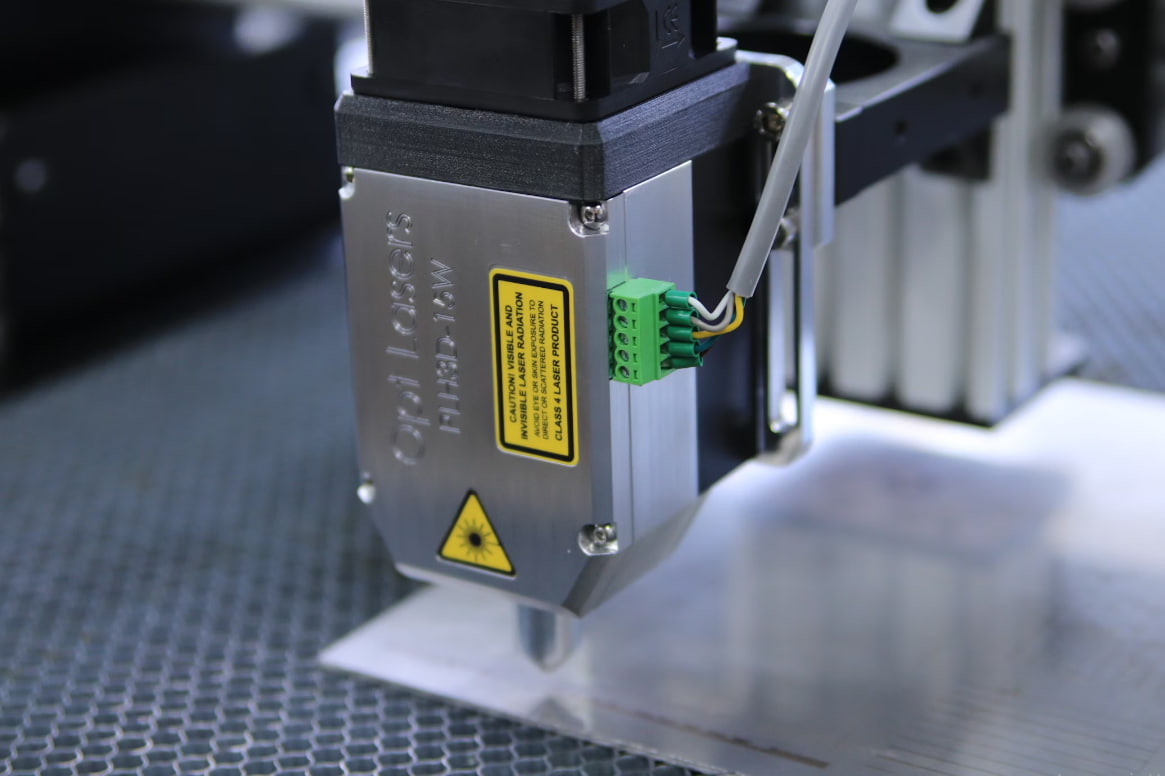Launching a new product is rarely straightforward. When it comes to components produced through CNC machining, precision is crucial — a single design flaw can lead to wasted material and expensive rework. Since CNC manufacturing is a subtractive process (material is cut away rather than added), every mistake counts. Once the excess is removed, it can’t be restored. This is why CNC prototyping plays such an essential role: it allows engineers to test and refine their ideas before full-scale production begins.
Why CNC Prototyping Is Worth the Investment
Building a prototype is one of the smartest moves in any product development cycle. It helps verify both form and function before committing to production tooling or bulk manufacturing. A CNC-machined prototype closely replicates the final product — not just visually, but in strength and performance as well.
Unlike 3D-printed plastic models, CNC prototypes made from metal or rigid polymers can withstand real-world mechanical testing. This gives engineers a more accurate picture of how a part will behave in use — whether it’s subject to stress, vibration, or high temperatures.
Preventing Expensive Mistakes Early
Fixing a design flaw gets more expensive the further you go into production. Many manufacturers refer to this as the “rule of ten” — every stage of the process increases the cost of error correction roughly tenfold:
| Stage | Cost Multiplier |
|---|---|
| Design | ×1 |
| Prototype | ×10 |
| Manufacturing | ×100 |
| Assembly | ×1,000 |
| Field Use | ×10,000 |
Skipping the prototyping stage means risking massive expenses later — or worse, product recalls and damage to brand reputation.
By incorporating Design for Manufacturability (DFM) principles and creating a working CNC prototype, companies can catch flaws early, improve efficiency, and protect themselves from costly setbacks.
CNC Prototyping in Today’s Market
As production costs rise globally, manufacturers are becoming more selective about how they allocate resources. CNC prototyping remains a solid investment — and the data proves it. The global subtractive prototyping sector is projected to grow at a compound annual growth rate (CAGR) of around 14% from 2022 to 2031, with CNC machining representing the largest share.
The reason is simple: CNC parts provide superior strength and durability compared to additive-manufactured (3D-printed) components. When performance, reliability, or safety is at stake, CNC is still the preferred method for prototyping and small-batch runs.
How the CNC Prototyping Process Works
If you’re new to CNC prototyping, understanding the workflow helps you prepare for a smoother collaboration with your manufacturing partner. The process generally includes four main stages:
1. Concept & Design
Everything begins with a concept. Engineers transform ideas into technical drawings, applying DFM practices to ensure the design can be efficiently produced without compromising quality.
2. CAD Modeling
CNC machining depends on computer-aided design (CAD) or 3D modeling. These digital blueprints define every dimension, angle, and surface feature that the machine will create.
3. Machining & Fabrication
Once the CAD model is approved, the manufacturer programs the CNC machines — such as mills, lathes, routers, or drills — to execute precise tool paths. If the prototype includes multiple components, they are machined separately and then assembled. Depending on the purpose, the prototype may be purely visual or fully functional.
4. Testing & Validation
After machining, the prototype undergoes inspection and performance testing. Engineers check tolerances, fit, and overall functionality. If the part passes evaluation, it’s cleared for production. If not, the design is refined and re-machined until it meets all requirements.
CNC prototyping is more than a technical step — it’s a strategic safeguard for innovation. It allows manufacturers to detect issues early, optimize designs, and reduce long-term costs. As industries continue to demand faster development and higher precision, CNC machining remains a cornerstone of reliable, efficient product creation.

